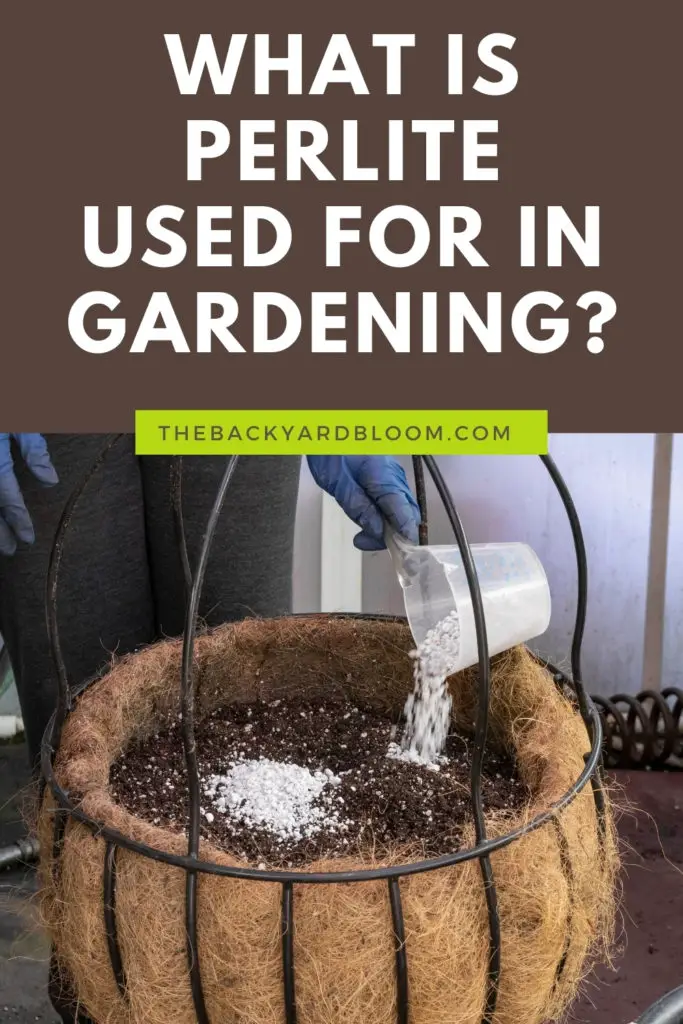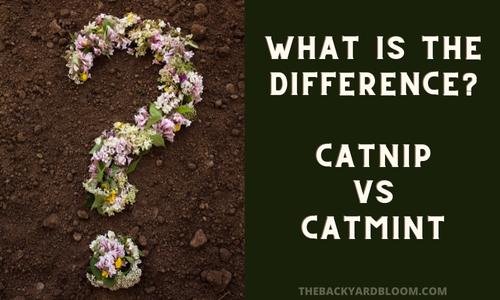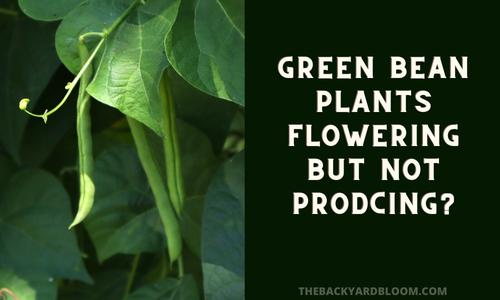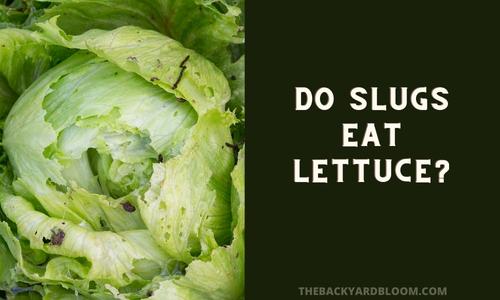Please note that this post may contain affiliate links. You can read my full affiliate disclosure at the bottom of the page.
You may have wondered what those small styrofoam-looking things are in your garden potting mix at one time or another. Those little white specks are perlite. It is a widely used soil amendment in garden potting soils and other soilless potting mixes like a coco perlite mix for starting seedlings.
In this post, we go over what perlite is and what is perlite used for in gardening.
What Is Perlite?
What is perlite made out of? Perlite is actually volcanic glass that is heated at extremely high temperatures ( 850–900 °C ) until it pops like popcorn. Once the perlite has popped it expands to 7 -16 times its original size. This results in the lightweight styrofoam-looking specs you see in many potting mixes.
This does also mean that perlite is a non-renewable natural resource that is mined in spots around the world.
Perlite isn’t only used in gardening, it also has uses in construction, manufacturing, aquatic filtration, biotech, and even in cosmetics (source).
What Does Perlite Do For The Soil?
Perlite is used in so many premade potting mixes and soilless garden mixes because it has many benefits from being mixed with these for plants. It is a very common soil amendment that gardeners use.
Benefits of Perlite for Soil and Soilless Mixes
Perlite helps improve aeration in potting mixes and soil. This is essential to help plant roots take in the right nutrients they need. This will help your plants grow faster and give you bigger harvests.
Many plants need well-drained soil, perlite helps keep soil from compacting which can impair drainage. This is why it is the number one go-to for gardeners and plant enthusiasts for making sure you have well-draining soil for plants.
It can also provide benefits to developing roots systems of stem cuttings. Perlite is used in many seed starting mixes due to this.
One drawback of using perlite is that using too much can lead to fluoride burn. This can cause brown tips on your indoor plants. So it is best to make sure not to add too much perlite to your indoor potting mix. Or you can buy one that is premade so you are sure you have the right ratio of ingredients in your mix.
What Are Disadvantages of Perlite?
Even though there are many advantages to using perlite, there are some disadvantages as well.
The main disadvantage of perlite is that water can drain away quickly. This can cause issues with plants that need more moisture in the soil, especially if you use a higher ratio of perlite in your soil mix.
Another con of using perlite is that it can be dusty and cause irritation for your eyes and also in your lungs if you breathe in the dust.
Alternatives to Perlite
Some gardeners prefer other materials to use in their potting and garden soil for the benefits of aeration and to make soil well-draining, besides just perlite.
What You Can Use Instead of Perlite? Vermiculite and sand are the most popular perlite alternatives that gardeners use as soil amendments to help keep soil aerated and from becoming too compact.



